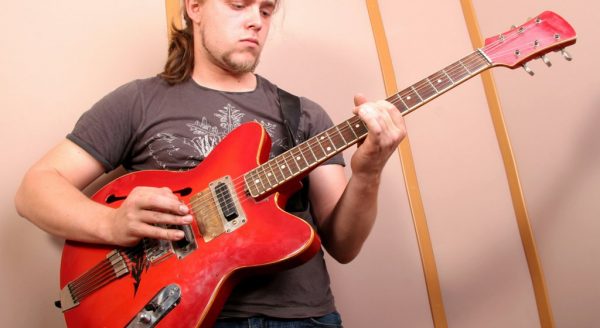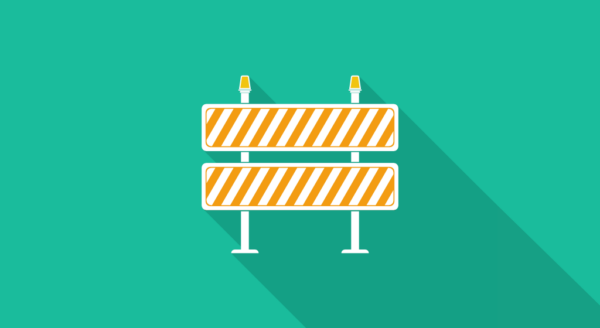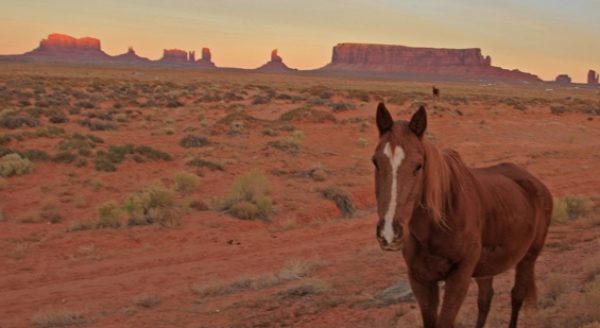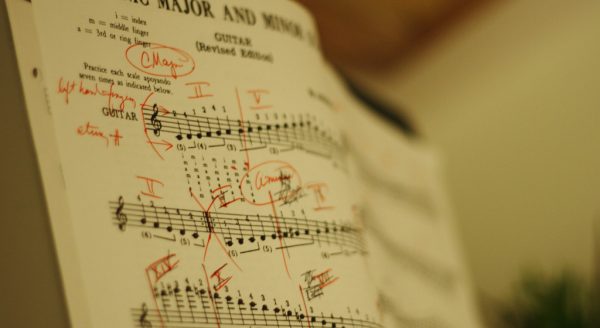Scales and Soloing FAQ
There is more to playing guitar than memorizing guitar scales. Here are some examples of how you can use scales to spice up your playing.
How do you get that improvised sound that you hear in so many great guitar solos? These lessons dealing with creating your own solos and improvising on guitar. Beginners will probably want to check out the Beginner’s Guide To Soloing series. If you’ve already spent some time on guitar scales, you’ll probably benefit from the series Turning Scales into Solos.

There is more to playing guitar than memorizing guitar scales. Here are some examples of how you can use scales to spice up your playing.

For many writers, nothing is scarier than an empty, white page. The idea that you could write anything is simply overwhelming. Often things are much easier when you are given a writing prompt, such as: You lost your sight – along with everyone else on Earth – in The Great Blinding. Two years later, without […]

Tom Hess outlines a different approach for creating a great guitar solo.

Our lesson of A Horse With No Name continues with advice on how to spice up your strumming as well as a look at the solo from the original recording.
Even if you consider yourself an expert at guitar solos, you’ll still find the exercise Tom introduces in this mini-lesson eye opening.
Saying something with music is what soloing is all about. Here is the first of a two parts from Tom Serb on “Language Based Soloing.”
Tom Hess details the most common reasons why guitar players struggle to create great solos and then gives you tips on massively improving your lead playing.
Making small adjustments to simple 3-note sequences can bring a unique sound to your soloing. Paul Tauterouff shows you how it’s done.

There’s a very simple reason a lot of solos sound more like someone playing scales rather than solos and it all comes down to how you practice. Learn how to solo by learning how to practice soloing.